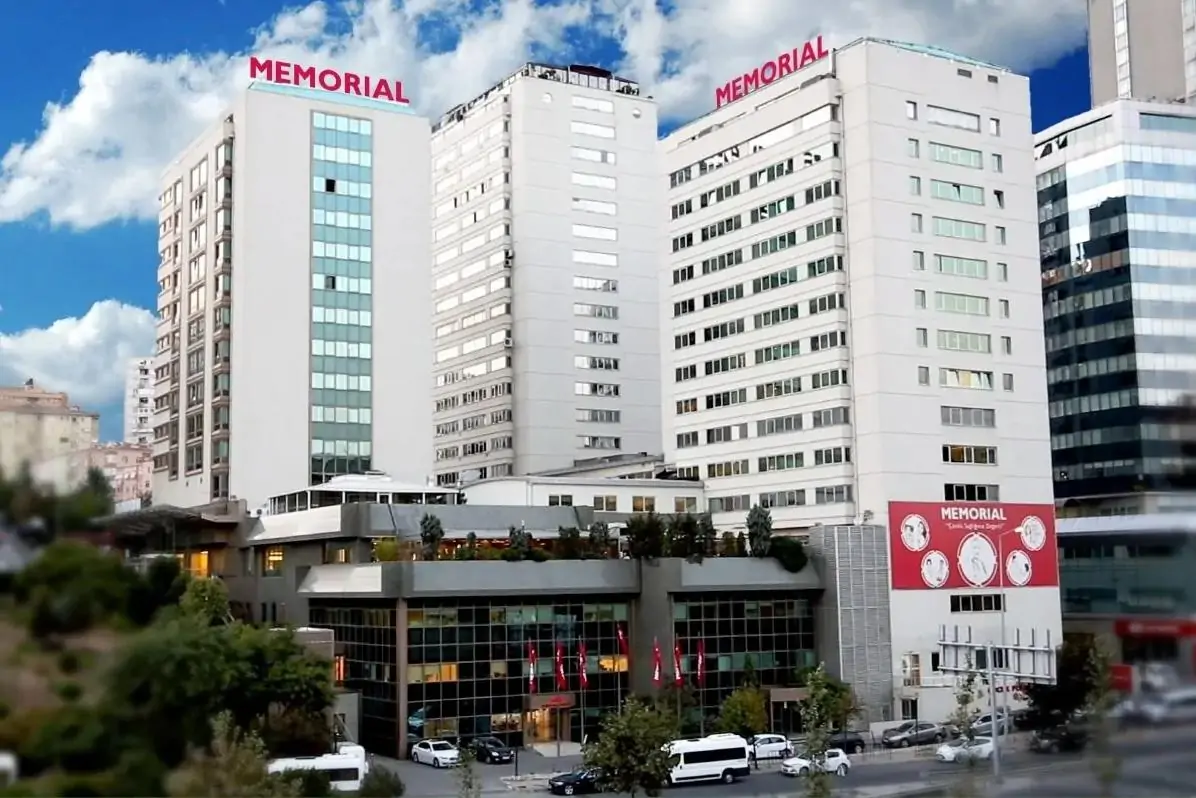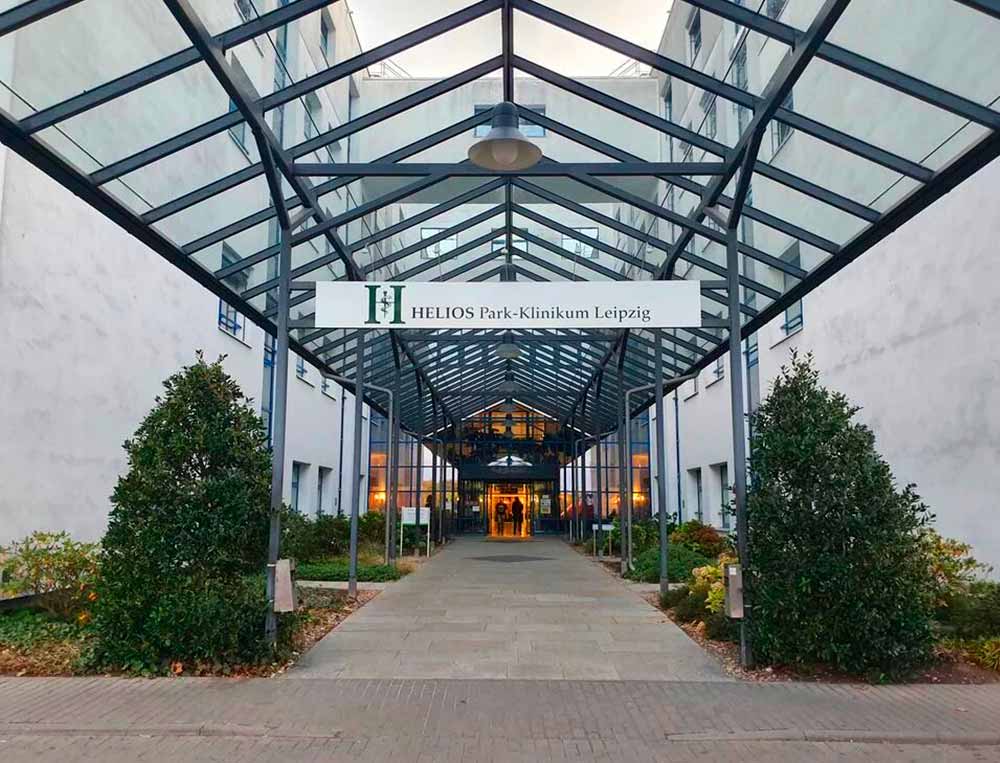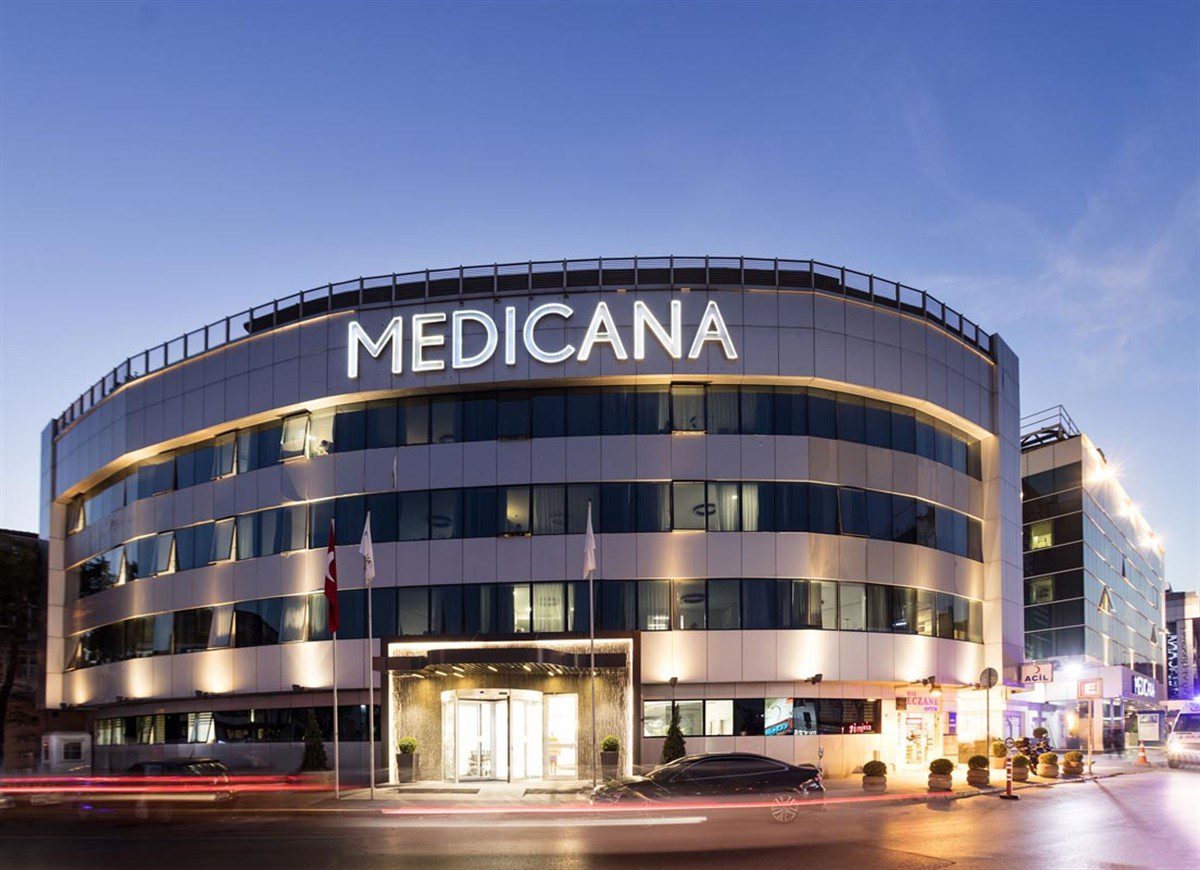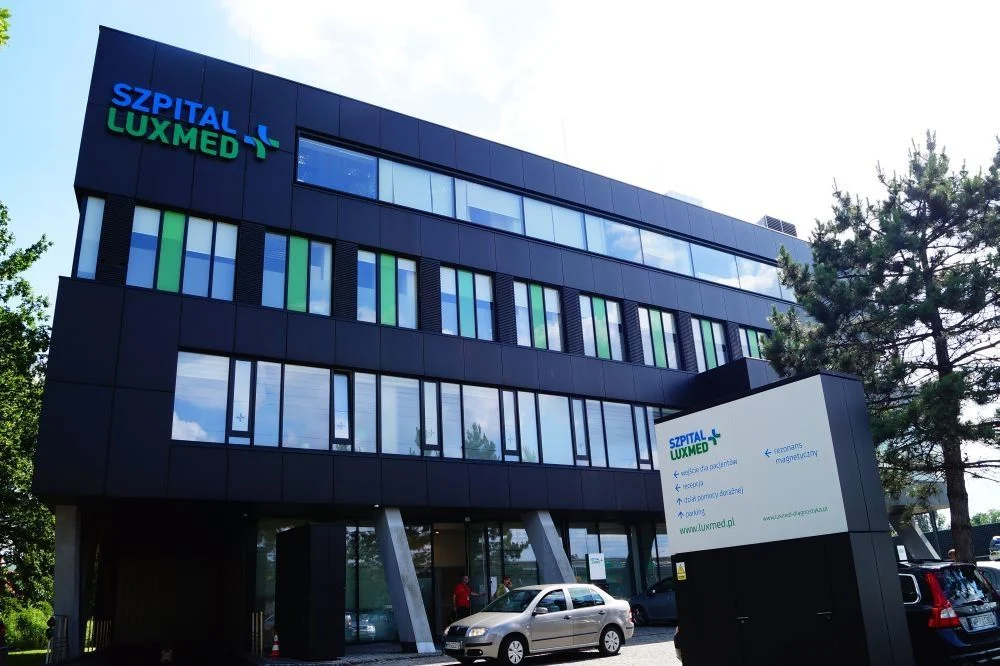Glioma: Nature, Causes and Treatment
Glioma belongs to the malignant tumors group. A tumor hits the brain or spinal cord. Pathology occurs in children’s and adults’ bodies. In some cases, the disease progresses very quickly. The tumor appears because of the uncontrolled division of glial cells, which are involved in the work of a central nervous system. Doctors define three types of pathology, differing in the degree of aggressiveness.
Causes of glioma
Studies show that emergence and development of glioma is provoked by DNA changes. DNA contained in our genome controls cell growth and reproduction. When “unhealthy” changes or mutations occur, cells can begin to divide and move uncontrollably.
Mutated genes are most often passed down from generation to generation. Less commonly, genes mutate during the life cycle of an organism. Mainly this pathology affects the elderly – 50-70 years old, mostly men. In addition, we highlight risk factors for glioma development:
- negative ionizing radiation;
- living in places with a high level of pollution;
- severe trauma to the skull at an early age.
Glioma symptoms
- Occurrence of problems with speech – aphasia.
- Significant changes in quality of vision or its complete loss.
- Problems with remembering information, difficulties in thought processes, in learning, etc.
- It is difficult for a person to maintain balance when walking.
- Frequent bouts of headaches.
- Constantly recurring dizziness.
- Feeling numbness in one part of the body, severe weakness – hemiparesis.
- Frequent vomiting, feeling of nausea.
- Changes in behavioral responses.
- Periodic convulsions.
Possible complications accompanying brain tumor:
- blood outpouring in the brain;
- hernia and fluid accumulation in the brain;
- feeling of strong pressure under the cranium.
Glioma diagnosis and treatment
Diagnosis of glioma begins with MRI or CT brain scan (or its trunk) – using this method, it is easiest to identify a glioma tumor, and determine its nature.
After receiving the results, a doctor makes a conclusion as to the pathology presence or absence. With manifestation of abnormal mass in pictures, the physician prescribes a biopsy – taking a piece of tissue for tests. This helps to reveal:
- whether the tumor is cancerous;
- whether pathology arose as a result of genetic mutation;
- type of tumor component cells;
- pathological aggressiveness.
Consider basic and additional methods for glioma treatment.
- Operational intervention. In surgery, this is called “cranio therapy” – open or closed type of operation on the brain. Most often used in gliomas and has greatest effectiveness. In case the tumor has an inaccessible position, laser ablation can be used – laser therapy.
- Radiation treatment. Sufficiently heavy radiation doses are necessary for destroying the tumor; however, healthy organs remain unaffected. Such therapy is used if glioma is located next to thin and vital tissues.
- Chemotherapy. Introduction of special medicines into the body destroying cancerous growths. Oral or intravenous methodology.
Glioma survival rate
Age has a direct impact on ability to resist pathology. For elderly people, prognosis is poor.
5-year rate based on disease type: the highest for adults and children with low-impact tumors – 76-80%; 6-20% for glioblastomas – most dangerous and aggressive tumor.










